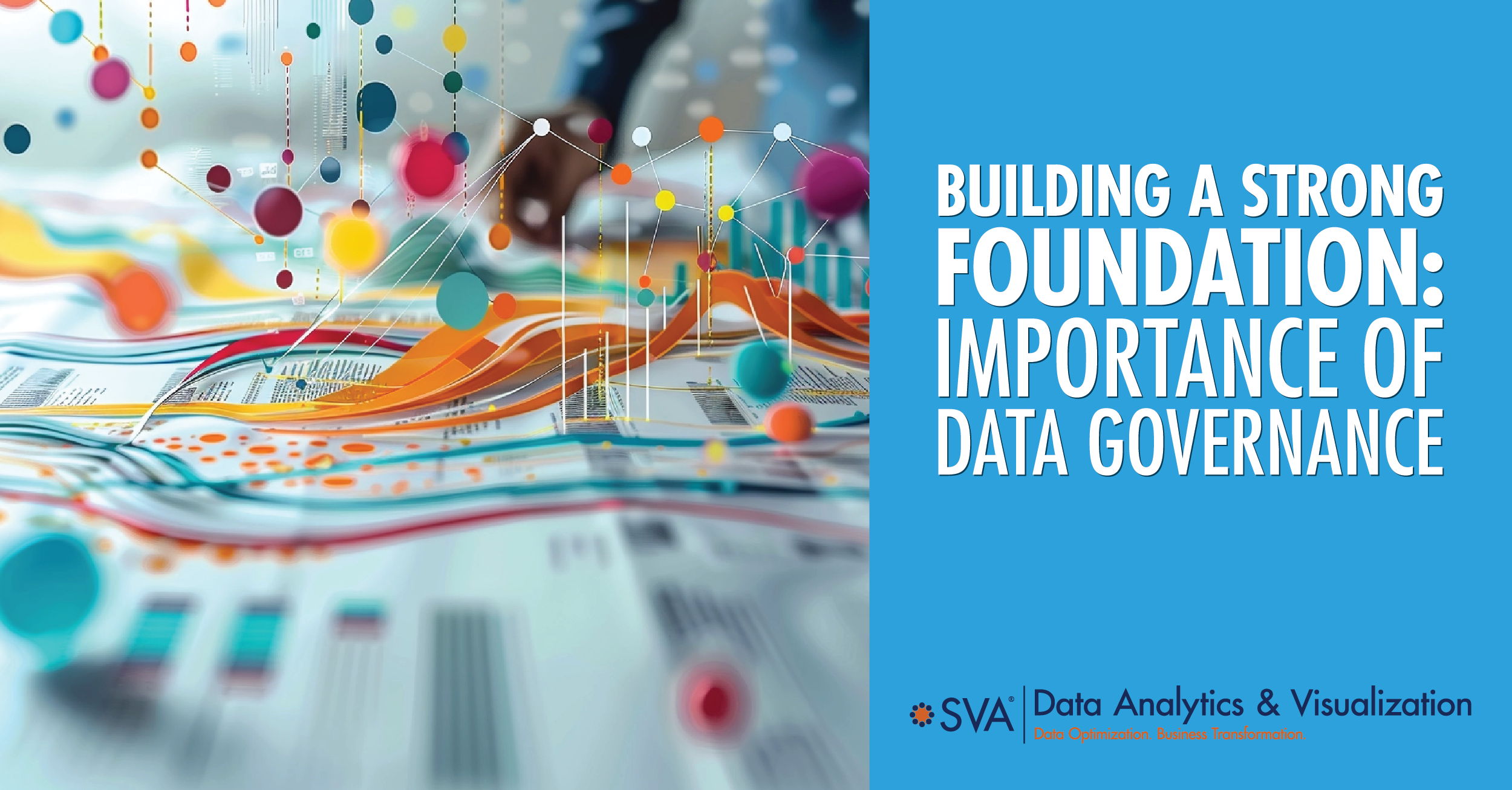





Discover the valuable insights our consultants provide. Subscribe to our Insights blog to receive email alerts whenever we post something new!


Published on: Jun 4, 2024 2:16:45 PM by Jacob McClendon
Updated on: March 20, 2025
Many people are diligently working to maximize the value of a strategic data asset within their organizations. Ensuring data are properly extracted, transformed, and reported is a high priority and often the primary focus of these efforts.
Frequently, companies place less priority on addressing how rapid advancements in technology, expanding data complexity, and evolving regulations affect their data asset, leaving them vulnerable to security, quality, and financial concerns.
Having a data governance plan in place can help mitigate these issues and leave your organization agile and capable of making the most of your data, all while bolstering trust and confidence.
Let’s explore the critical role of data governance and management in enhancing data security, compliance, and business efficiency.
Data governance is a comprehensive approach to managing your company’s data assets through policies, procedures, and practices that ensure data is secure, accurate, and usable throughout its lifecycle.
It intersects people, processes, and technology to establish and maintain control over a data asset. This frequently includes defining roles and responsibilities, implementing data standards and quality measures, and establishing guidelines for data usage, storage, and protection.
A data governance framework acts as a playbook for how your organization captures, stores, accesses, maintains, and leverages data. Organizations equipped with a data governance framework more readily incorporate new data, provision access, manage security, adhere to regulatory requirements, and ultimately steward and trust their data.
Data governance is crucial for transforming data into a strategic asset.
Data governance builds trust and ensures your company’s data are properly handled and consistently managed. The policies, practices, and procedures of a framework provide people in your organization with confidence that the data they're working with is reliable, accurate, and protected.
Data governance also takes the guesswork out of managing data, provisioning access, and performing quality controls. Established processes and procedures specifically can outline each of these components, providing accountable individuals with the tools they need while governing a data asset.
A successful data governance framework is built on four pillars:
All four pillars interdepend. Strong data governance equally focuses on themes of accountability, communication, transparency, and trust.
When it comes to data governance vs. data management, think of data governance as the guiding principles, and data management as one set of practices that put those principles into action.
Data management is the “how” of data handling. Management encapsulates the people and technology involved in collecting, storing, processing, and delivering data effectively. It includes quality and access controls and has a focus on technology.
Data governance is more expansive – it includes data management and more. Think through adding a new data source to your centralized database and reporting infrastructure. How much simpler is it when you have defined extraction and ingestion protocols, transformation rules, and reporting standards to leverage in the process? These governance policies and procedures ensure people follow established paths to consistently manage data.
How do you implement data governance at your organization? Consider starting where you are, focusing on four key areas:
Let’s explore the people, processes, and technology aspects of the above points.
Your data governance program's goals and objectives should be aligned with your overall business strategy. What do you want to achieve with your data? How might better governance practices maximize the value of your data asset? Keep in mind that people need access to data in a reliable, consistent, and secure manner. As you develop policies and procedures, keep your guiding principles close at hand.
Defining roles and responsibilities involves identifying key stakeholders, such as data owners and stewards, and clearly outlining their responsibilities when it comes to managing and protecting your data asset. By establishing clear lines of ownership and accountability, you can make sure everyone understands their role in maintaining data quality, security, and compliance. Clear roles and responsibilities permit a separation of duties if necessary.
Knowing where in your data architecture sensitive information or protected data are stored, how they are handled, and what type of role would have access to this information is an example of where policies and procedures really shine.
Your data governance program should include comprehensive policies and procedures that define how to manage data (sensitive or not) throughout its lifecycle, including policies for data creation, storage (and how long), access, sharing, and disposal, as well as procedures to protect data quality, security, and compliance. Documenting these policies and procedures and communicating them frequently increases transparency and trust.
Open communication and training go a long way toward building a culture where everyone understands and is on board with how data are to be leveraged. You’ll need to develop clear communication plans to get the word out about your data governance initiatives and why they matter. Training, timing, change management, and ongoing education are key to helping employees understand their roles and responsibilities in managing and protecting data.
When it comes to the benefits of effective data governance, it all comes down to trust. By implementing a strong data governance framework, you can build trust in your data asset, knowing that it's accurate, secure, and being used in the right way.
The right policies, procedures, and controls help to make sure your sensitive data are protected from unauthorized access, breaches, and misuse. This is especially important today when data privacy regulations like the General Data Protection Regulation (GDPR) and the California Consumer Privacy Act (CCPA) are specific in data management and use.
With a robust data governance program, you address and properly meet regulatory and compliance requirements in a pre-determined and strategic manner.
When you can trust your data, you can use it to make better-informed decisions that drive real business value. With a strong data governance framework in place, you know your data are consistent, accurate, and up to date, providing a solid foundation for BI and analytics initiatives.
You can use your data to gain deeper insights into your customers, operations, and market trends, identifying new growth opportunities or ways to optimize your business. The goal is to make informed, more confident decisions that help you stay ahead of the competition.
We would be remiss if we did not consider that having clear and appropriate policies in place to support people, processes, and technology makes your business function more efficiently.
It paves the way for proper communication surrounding data, provides development teams with a rulebook on managing data architecture, and permits transparency around access and use. Empowered team members help the company level up by using data to make informed decisions.
Implementing data governance practices, such as establishing data stewardship programs, enforcing data quality and management processes, and leveraging data governance tools, can help you effectively manage and protect your data assets while ensuring your company is making the most of its data. Consider the following data governance practices.
Your business may need to comply with several different regulations governing data, such as HIPAA, GDPR, and CCPA. Identify early and often if your data management practices are in line with evolving regulations. Leveraging a data catalog and keeping it up to date makes it easier to know what data are where, who has access, and how that data may be used.
In general, consider only storing and using the data that is appropriate to answer questions or operate your business or product (i.e., if you do not need employee SSNs or patient-level information for reporting or other use cases, consider not bringing that data into your data architecture at all).
By assigning clear ownership and accountability for your data assets, everyone knows their role and responsibility in properly handling data. Data stewards ensure the ongoing proper handling, storage, and use of data within an organization.
Implementing data quality management processes is essential for ensuring your data are correct, complete, and consistent. This involves defining data quality standards, implementing validation checkpoints, and regularly monitoring data quality. Catching and fixing issues early helps you avoid costly mistakes.
Using the right data governance tools can make a big difference in how effectively you manage and govern your data. From data catalogs and metadata management solutions to data lineage and data quality tools, these tools can automate and streamline your data governance processes, making it easier to manage data at scale.
Implementing a data governance framework can come with a fair share of challenges, but don't let that stop you. The long-term benefits far outweigh the short-term challenges. Here are a few potential roadblocks to keep in mind.
Any change within a business can be difficult. Communicating early and often helps lay a foundation of trust and transparency that ensures people have proper levels of access to data for their day-to-day use. Detailing the “why” behind new governance initiatives and including appropriate people across departments ensures each area has buy-in and a voice.
When it comes to data governance, you've got to strike a balance between giving people the access they need to do their jobs and making sure that data are secure. It's a bit of a tightrope act, but it's important to get it right.
In general, asking why an individual needs access to particular data helps refine access scope, and a data steward can ensure they have the appropriate data for their role.
If you're a small company, it might be tempting to put off data governance until you're bigger. Starting early means you can scale your data governance practices alongside your business growth. You'll be able to make the most of your data assets from day one, driving better decision-making and business outcomes.
Implementing a data governance framework is a process of continuous improvement. Trying to implement a full-blown data governance solution that's better suited for a company you hope to be in 10 years might not be the best approach. Instead, work on proper scoping and finding the right balance for your current needs and resources, keeping your future state in mind.
If you’re selecting a partner, work with experts who have experience and a reputation for helping companies in your industry. They should consider your business’s unique challenges and opportunities, developing a data governance framework that works for your organization. Whether you're just starting your data governance journey or looking to optimize your existing practices, our professionals are here to guide you every step of the way.
© 2024 SVA ConsultingShare this post:

Jacob is the Director of Analytics with SVA Consulting. In his role, Jacob assists clients by strategically architecting solutions that help unlock meaning in data. Alongside a strong team, he designs and builds client-specific data automation and visualization solutions to fit the unique needs of a given client.







contact@svaconsulting.com

(800) 366-9091

1221 John Q Hammons Dr., Suite 201, Madison, WI 53717

18650 W. Corporate Dr., Suite 205, Brookfield, WI 53045

1600 Utica Ave S, 9th Floor,
Saint Louis Park, MN 55416

7135 E. Camelback Road, 230, Scottsdale, AZ 85251

109 West Commercial Street, Suite 107, Sanford, FL 32771
©2025 SVA Consulting, LLC. All Rights Reserved. | Privacy Policy | Cookie Policy | CCPA
